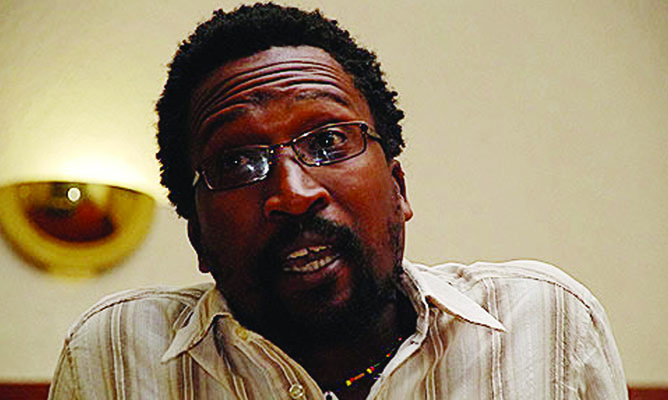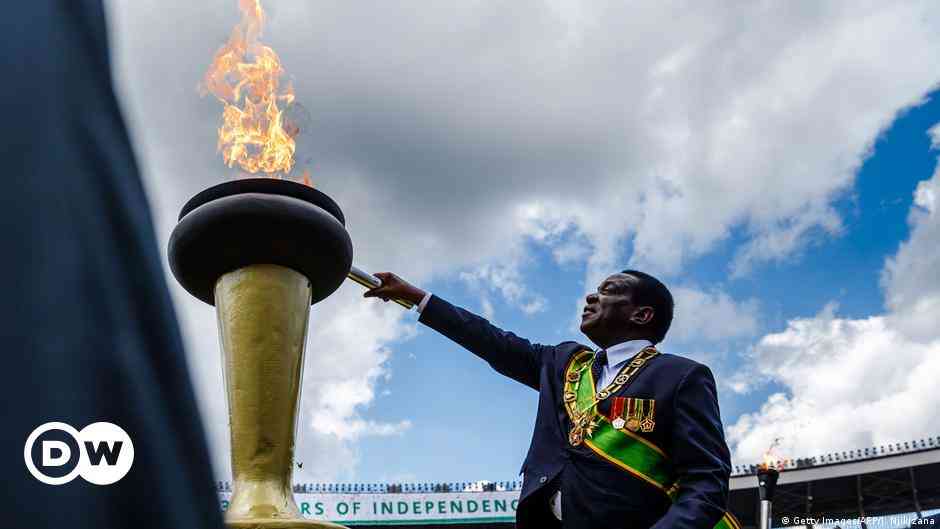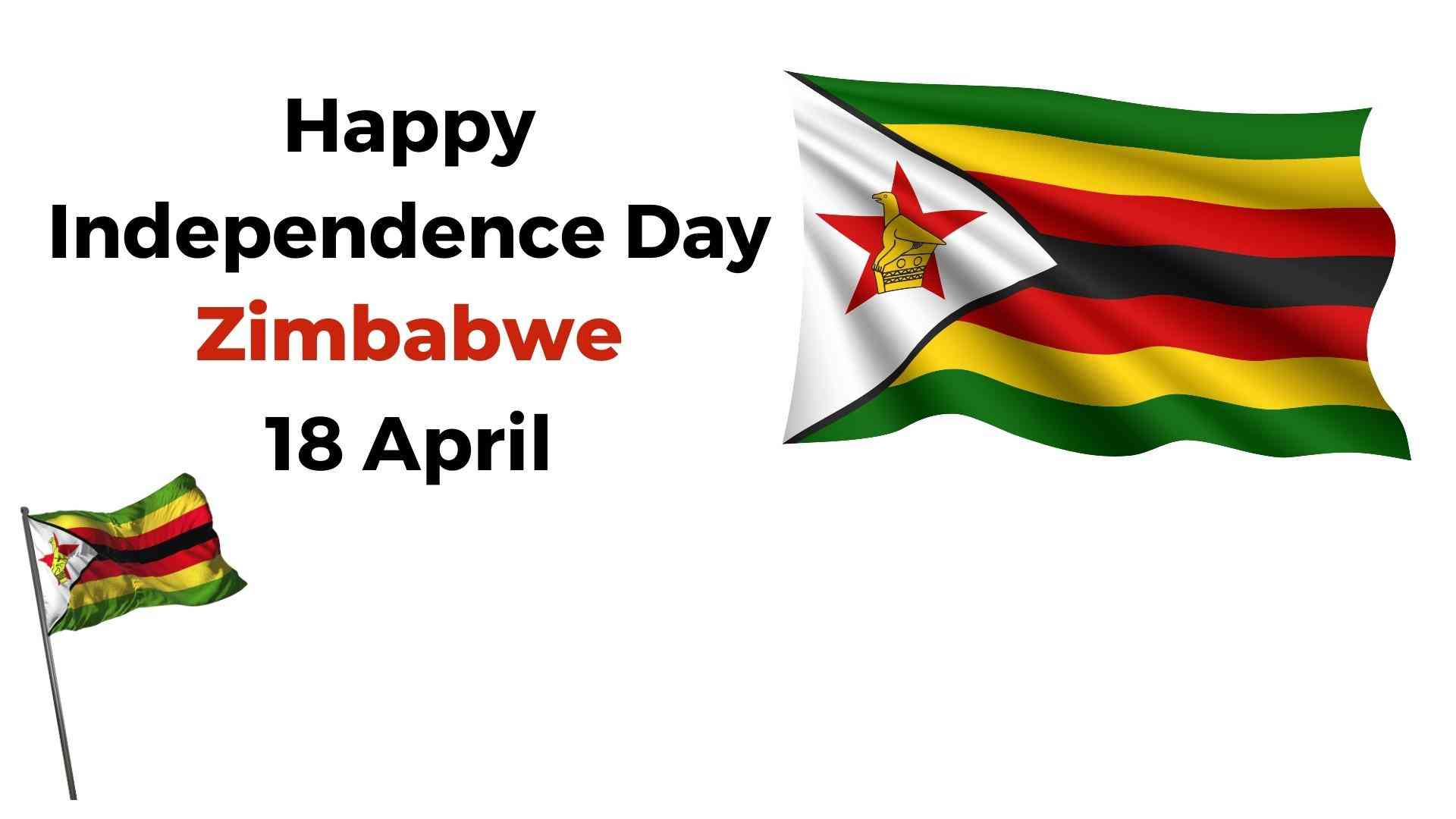
It was always going to be a man-made crisis. That is the power shortages being experienced by Zimbabwe and Zambia due to the sharp drop in water levels at the world’s largest man-made water reservoir, Kariba Dam.
GUEST COLUMN BY TAKURA ZHANGAZHA The government of Zimbabwe and its electricity supplier Zesa are at pains to explain the primary cause as being that of low rainfall last year. Well, it turns out that this is not entirely true. It was former Zambian Vice-President and current member of that country’s parliament, Guy Scott, who removed the paper over the cracks. He accused the electricity regulators of both Zimbabwe and Zambia of mismanaging the water in the lake.
Further media reports are increasingly revealing the fact that contrary to general assertions of a drought causing the water levels to drop, it is actually the fact of the expansion of the electricity generation capacity undertaken almost simultaneously by both countries that is the primary cause. The addition of new turbines appears to have led to a disproportionate increase in the water exiting the dam wall.
And now there are long periods of electricity load-shedding in both Zambia and Zimbabwe that are affecting not just industries, but, more importantly, ordinary citizens. From hospitals that now have to find alternative sources of power, through to regular cooking, lighting and security, the inconvenience for small enterprises (butcheries, home furniture manufacturers, small supermarkets), schools, universities and colleges, this is a major crisis.
President Robert Mugabe’s response to the crisis has been rather curt. Apart from blaming last year’s low rainfall, he told his supporters that businesses must operate during the night where he believes electricity is most abundant.
But the Zimbabwean public has reacted by scrambling for alternative sources of energy, at least for their domestic needs. Satire too has become a way of coping with the frequency of the load-shedding. Social media is awash with comments ranging from downright mockery of Zesa to just sheer good pictorial humour.
There is also now grandiose talk of solar energy as an option, at least via licensing more private solar energy companies. Experts have also weighed in accusing government of failing to expand or upgrade coal-based electricity production in Hwange.
All of this points to the ostensible fact that our power crisis is a man-made one. It has very little to do with the drought that government officials keep mentioning and repeating. Furthermore, it is also a key fact that we are faced with an electricity supply infrastructure that is to all intents and purposes still colonial in nature and therefore intent.
- Chamisa under fire over US$120K donation
- Mavhunga puts DeMbare into Chibuku quarterfinals
- Pension funds bet on Cabora Bassa oilfields
- Councils defy govt fire tender directive
Keep Reading
Kariba Dam was built in 1965 and Zimbabwe’s other power such as Hwange Power Station date back to the 1970s and Munyati Power Station was built between 1946 and 1957. Further expansion and refurbishment of these power stations has still failed to meet the ever-growing demand for electricity.
In our post-independence statehood we have failed to create new sources of power and relied heavily on those that were effectively part of the colonial modernisation project.
This has meant that our governments in the region, but particularly those of Zimbabwe and Zambia, have patently failed to see what was coming. And this includes the fact of the weakening of the Kariba Dam wall, which again is another elephant in the room.
In such circumstances of a crisis, the all-too-familiar route likely to be taken is the opportunistic one of disaster capitalism. That is, there shall be strident calls for the further privatisation of electricity and motivation of supply by way of profit.
This will mean in the long term electricity is going to be a costly commodity even if it is generated via our generally ubiquitous sunlight or the natural waters that are tributaries of the Zambezi River basin.
In such circumstances and because electricity is a finite resource, it is those that can pay for it that will always get first preference. And it will not be as cheap or as affordable as many would hope for — unless the ordinary people of Zimbabwe and Zambia start a broader public debate about electric energy sources and usage that is both contextual, futuristic and above all geared toward promoting access for all.
●Takura Zhangazha writes here in his personal capacity (takura-zhangazha.blogspot.com)











